Bench scrapers are the MVPs of professional kitchens, perfect for a variety of kitchen tasks, both sweet and savory. Our longtime favorite, the Dexter-Russell Sani-Safe 6" x 3" Dough Cutter/Scraper, has a sharp metal blade that slices through sticky dough with ease. Its well-proportioned handle is comfortable to hold and is made from textured polypropylene, which makes it easy to grip even when slick with butter. This scraper is also a cinch to clean and can withstand rough treatment day in, day out.
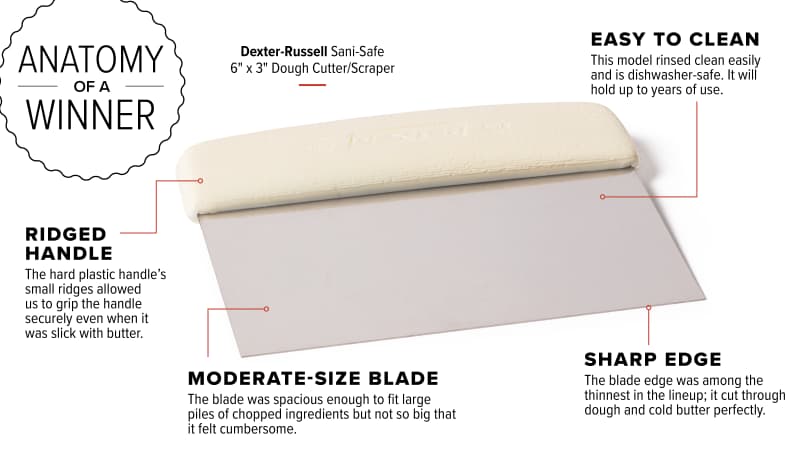
When I interviewed for a job at America’s Test Kitchen, my favorite question was “What’s your favorite kitchen tool?” The answer was easy: the humble bench scraper. Originally designed to help pastry chefs and bread bakers handle dough and scrape their work surfaces (or “benches”), these scrapers can be used for far more than just baking. We also use them to scoop up ingredients from cutting boards and transport them to bowls or stovetops; chop or slice softer ingredients, such as butter; and level off ingredients in dry measuring cups. If you don’t already have a bench scraper in your kitchen, it’s a worthy addition.
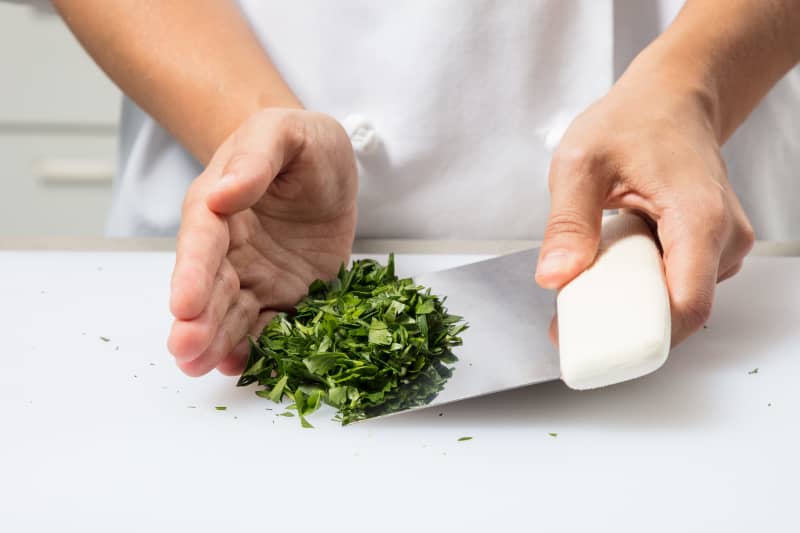
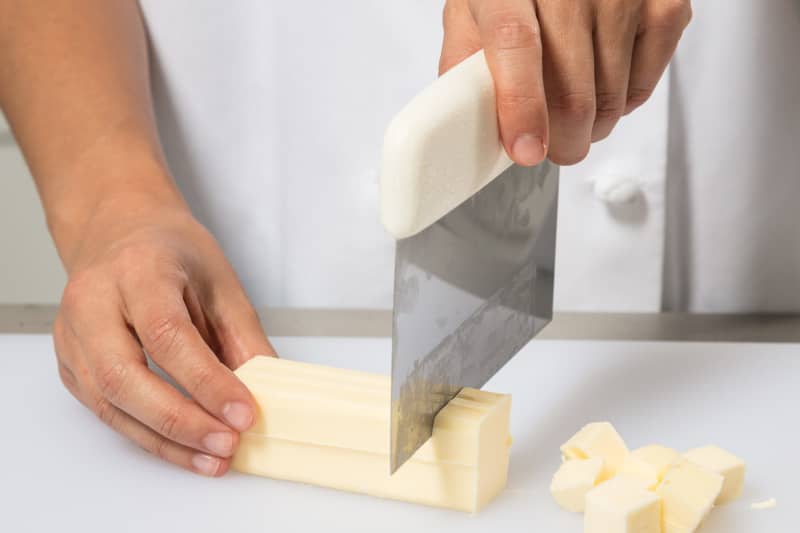
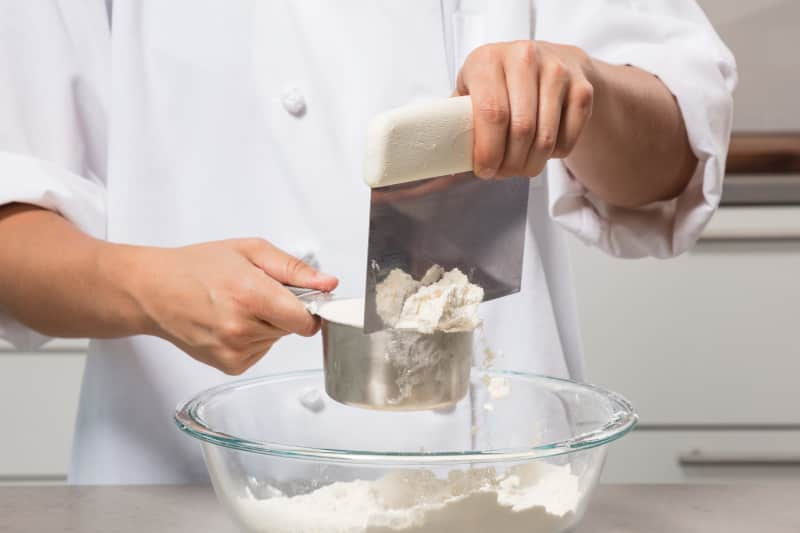
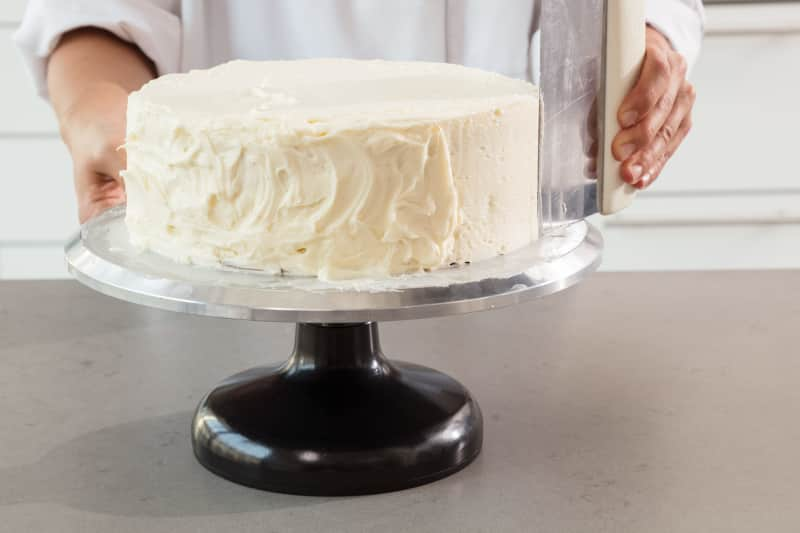
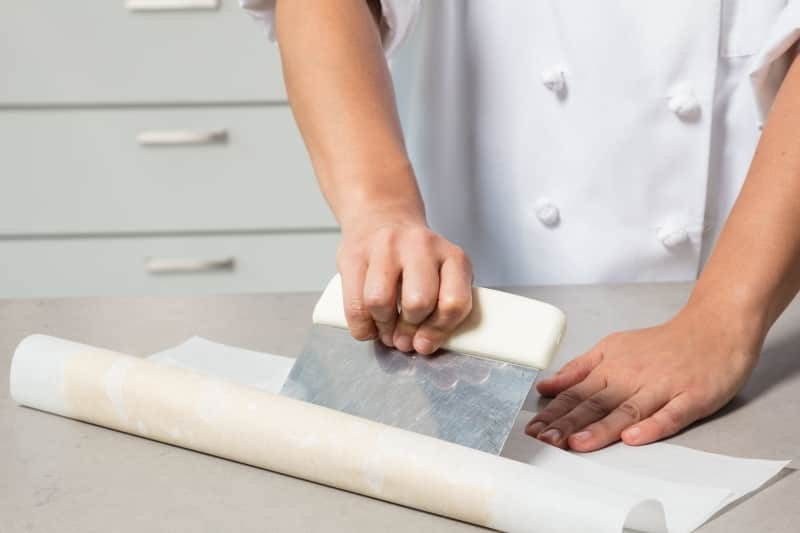
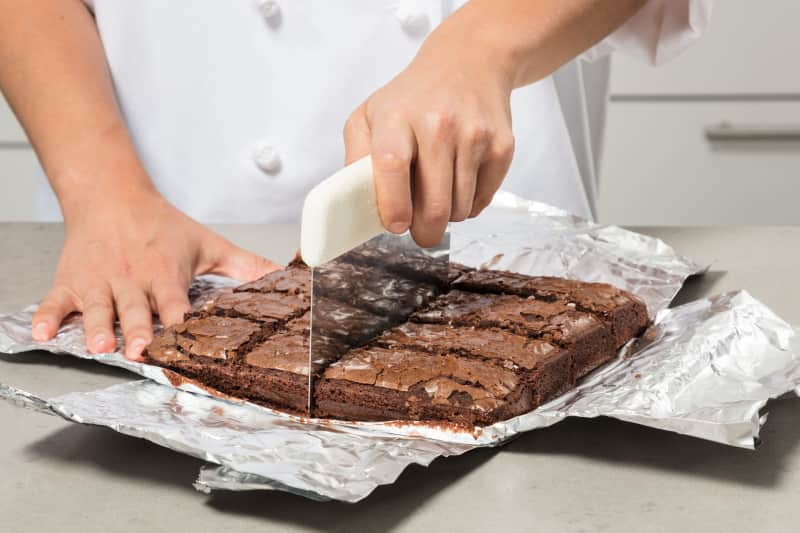
What to Look For
- Spacious, Rectangular Blades: We liked blades that measured around 6 by 3 inches. Wider or taller blades felt cumbersome, and smaller blades were less efficient when scraping counters clean or scooping up ingredients. A couple scrapers had curved or tapered sides, but we preferred perfectly rectangular blades. This shape made it easy to gauge how much food the scrapers would hold and transport; we spilled less food when we used these blades.

- Sharp Metal Blades: We preferred scrapers with sharp metal blades, which were better at slicing through dough and cold butter. Some metal scrapers had beveled edges meant to make them sharper, while others had stamped, flat edges. Beveling was no guarantee of sharpness, however. Our favorite scraper was not beveled but it was among the thinnest—and therefore the sharpest—blades in the lineup. We also preferred metal blades to plastic blades, which were comparatively dull and didn’t cut as well.

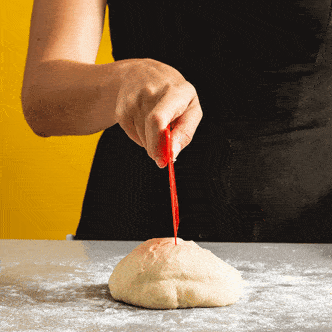
Thin, sharp blades made separating dough and cubing cold butter a breeze. We struggled more with duller blades.
- Lightweight Construction: We liked models that weighed between 5 and 6 ounces. Heavier scrapers were less nimble and slightly tiring. Lighter ones felt insubstantial.
- Textured Plastic Handles: Our favorite scraper’s handle was made from hard, ridged plastic. The ridges created friction and kept the handles from becoming slippery from butter and other food. Also, harder plastic didn’t collect flour or grime as softer plastics often did.
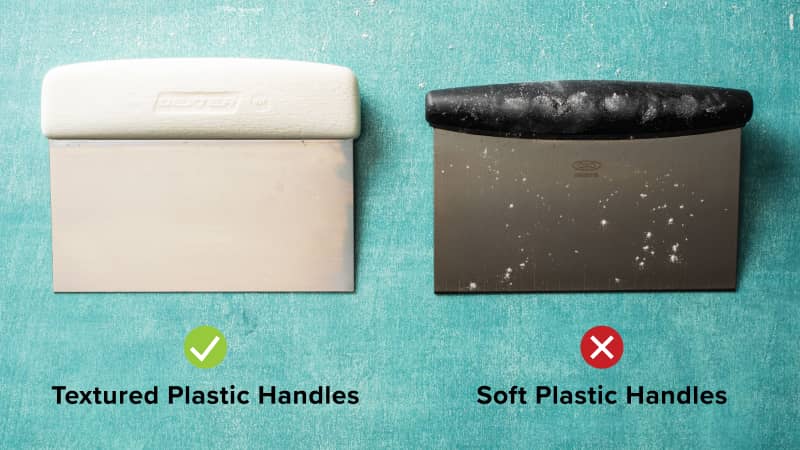
- Thin (but Not Too Thin) Handles: Our favorites had moderately wide handles that measured about ¾ inch wide. They had enough space for us to comfortably grip but were still thin enough to sit nearly flat against the counter to maneuver under dough and other ingredients.
Nice to Have
- Measurement Markings: Models with measurements printed or etched on their blades were especially convenient. They kept us from having to pull out a ruler or measuring tape when rolling out pastry or chopping vegetables down to size.
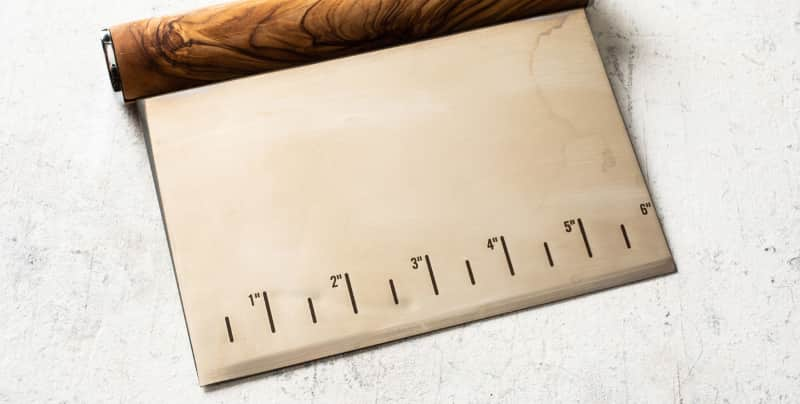
What to Avoid
- Curved or Tapered Blades: The blades of some models were curved (think of a capital D) or had sides that were tapered, giving them a trapezoidal shape. These scrapers made it messier to scoop up and transport chopped vegetables and herbs and deposit them in bowls because the ingredients kept falling off the curved or tapered edges.
- Plastic Blades: The models made entirely of plastic weren’t as sharp as those with metal blades. They didn’t cut dough cleanly, which made portioning and shaping difficult.
- Soft Plastic Handles: Handles made from soft plastic were nice to hold and work with, but they became sticky and grimy over time and collected flour and crumbs.
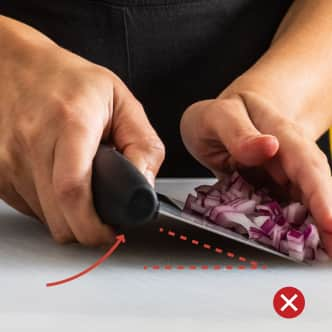
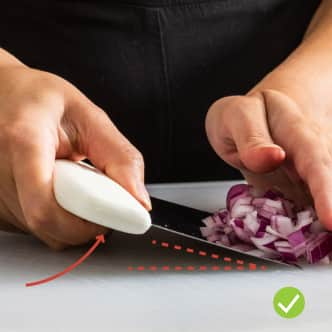
Some handles were too thick and protruded too far on either side of the blade; this prevented us from positioning the scraper flat against the counter and made it harder to gather and transport ingredients. We preferred thinner handles that didn't get in the way.
- Thick, Protruding Handles: Thicker handles positioned our fingers awkwardly away from the blade and caused our knuckles to scrape against the counter, which kept us from holding the scrapers completely flat for optimal scooping.
The Tests
- Make galette dough, using the bench scrapers to cube butter, incorporate ingredients, and shape and fold dough
- Transfer chopped onions, minced garlic, and chopped cilantro to glass bowls of various sizes
- Make pain au levain, using the bench scrapers to portion dough and shape it into boules
- Scrape off counters after each test
- Wash the scrapers according to the manufacturers’ instructions five additional times
How We Rated
- Performance: We evaluated how effectively the scrapers cut and separated dough and cold butter, how well they scraped surfaces clean, and how successful they were at gathering and transporting ingredients.
- Ease of Use: We assessed how comfortable the scrapers were to hold and maneuver and how easy they were to clean.









 Buy at Williams Sonoma
Buy at Williams Sonoma










